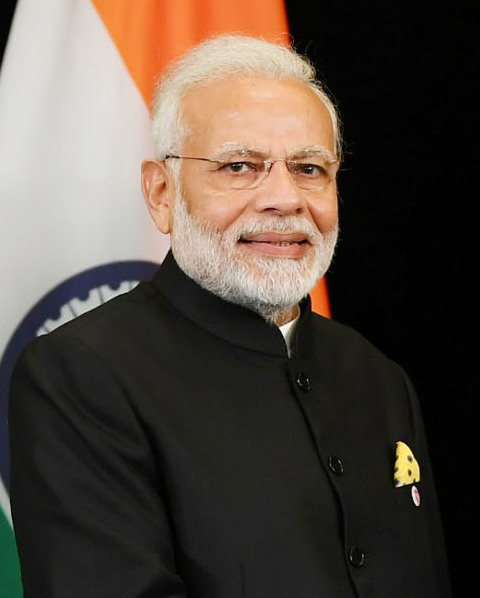
What kind of future awaits Modinomics 2020?

By Peter Jaegeul Song
Staff Reporter at Asia N
Seoul: Narendra Modi began his second term as prime minister with a series of enormous reforms. In a rapid process, he did not hesitate to embark on tackling the long-pending issues, including ending the special status of Jammu and Kashmir under Article 370 of the Constitution, making cuts in the corporate tax rate to boost business and appointing a chief of defence staff to streamline the armed forces as a whole. In December 2019, he tried to enact the Citizenship (Amendment) Act (CAA) in Parliament to make it possible for non-Muslim minorities in three neighbouring Islamic countries to apply for Indian citizenship.
Modi was expected by his people to keep up the momentum when it came to dealing with the exacerbating slowdown in the economy. His government was faced with an 11-year low in the growth of the country’s Gross Domestic Product (GDP). Thus, Modi’s Budget 2020 was seen to the people of India as the government’s best opportunity to bring the economy back on track before it began to incessantly damage the government’s credibility. Yet, after Union finance minister Nirmala Sitharaman delivered her budget speech in Parliament on February 1, many specialists, including the Board of India Today Experts, were stubborn that the government’s stance came nowhere close to being a breakthrough budget. Instead, the conclusion was that while the budget had a portion of promising initiatives across various sectors, collectively, it had fallen far short of people’s expectations.
When Modi was actively implementing various reforms in his first term, his government was saddled with continuous droughts that became the source of distress to farmers. Just then, Modi took a clear turn to the Left and portrayed himself as a leader of the poor. It is undeniable that his government adopted a series of reforms associated with Socialism in the first term best remembered for its development schemes providing toilets, houses for the poor, cooking gas at subsidised prices and simultaneously promising that highways and rural roads would be built at a pace that had not been seen before.
It is clear that such experience of managing the economy in his first term seemed to have strengthened Modi’s belief that gradual adaptation of reforms could produce far better results for growth than major rapid treatment. To keep up the momentum of his belief, Modi, soon after being re-elected prime minister, announced the grand goal of doubling the size of the Indian economy to $5 trillion just in five years. He then launched a series of measures to vitalise the four main drivers of the country’s economic growth: individual consumption, private investment, government spending and exports. In the July 2019 budget, Rs 70,000 crore was set aside for recapitalising debt-ridden public sector banks to stabilise the debilitating credit squeeze in the financial sector.
To boost consumption and job-creation through government spending, Modi, in his Independence Day speech, announced that his government was dedicated to spending a massive Rs 100 lakh crore over five years on harnessing new infrastructure projects. In September 2019, to further encourage private investments by investors, he did not hesitate to put more money in the hands of businesses by announcing a noticeable reduction in the corporate tax rate. However, the unexpected slowbalisation as well as rising protectionism have so far limited the government’s visions. Modi has yet to come up with a cohesive plan to boost exports.
Overall, Budget 2020 that has been recently announced makes it clear that the wealth creators should not only be a handful of industrialists, but be inclusive across all sections of society. In the past, giving away Mudra loans and providing incentives for the start-ups were the initiatives that actually helped create people’s own form of wealth for a vast swathe of Indians who had so far been denied the fruits of development. Budget 2020 should, therefore, be seen as a continuum with the policies Modi has kept up with, rather than a sudden deviation from them.
In short, the Modi government needs to come up with a more inclusive and bolder reforms to put the economy back on the fast track if it has to achieve its $5 trillion goal by 2024. A policy of gradualism will not eternally work, as reforms need to be done on the field, downright. As John Maynard Keynes warned long ago, “In the long run, we are all dead.”


